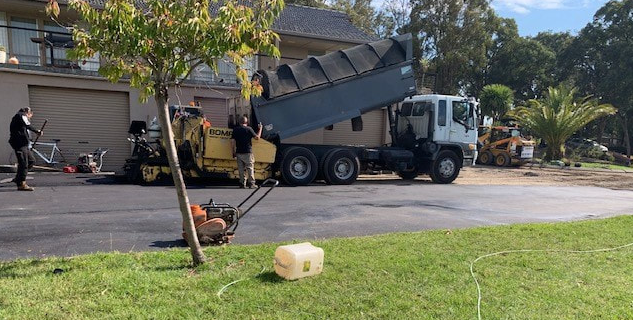Even the most professionally laid asphalt surface will eventually begin to show signs of wear. At Geelong Road Tech, we know how critical it is to identify these early signs before they escalate into expensive repairs or hazardous driving conditions. Timely intervention can extend the lifespan of your bitumen or asphalt surface and help avoid major disruptions.
Why Early Detection Matters
Asphalt surfaces naturally age due to exposure to traffic loads, moisture, temperature fluctuations, and UV rays. The earliest signs of damage often go unnoticed, but they are indicators that deeper issues may be forming beneath the surface.
By addressing cracks and potholes at the earliest stage, property owners in Geelong can:
- Avoid costly full-surface replacements
- Prevent vehicle damage and trip hazards
- Minimise downtime for commercial or access areas
- Improve visual appeal and functionality
What Causes Cracks and Potholes?
Understanding the causes behind surface damage helps in identifying early-stage issues. Common triggers include:
- Water infiltration weakening the sub-base
- UV exposure degrading the bitumen binder
- Traffic stress from heavy or frequent vehicle use
- Poor drainage leading to soft or unstable ground
- Ageing and oxidation of the asphalt surface
Once a surface is compromised, small cracks allow water to enter and expand, leading to progressive damage.
Types of Cracks to Watch For
Cracking usually appears before potholes. Recognising the different crack types helps determine the severity and urgency of repair.
Hairline Cracks
These are the earliest signs—thin and superficial but still worth sealing to prevent further intrusion.
Alligator Cracking
A network of interconnected cracks resembling reptile skin. It usually indicates fatigue in the base layer and requires immediate attention.
Longitudinal Cracks
Run parallel to the pavement’s centreline. These can be caused by shrinkage or joint movement and must be sealed early.
Transverse Cracks
Run perpendicular to the surface and are often linked to temperature changes. They allow moisture to penetrate quickly and worsen over time.
Potholes: The Final Warning
Potholes are the result of neglected cracks that have worsened over time. Water gets trapped in the sub-base, freezes, expands, and eventually forces chunks of asphalt to break away.
Early indicators of pothole formation include:
- Surface depressions or soft spots
- Loose aggregate or flaking edges
- Standing water in low areas
- Minor crumbling around previous cracks
Once a pothole forms, it can grow rapidly, becoming both a safety risk and a liability.
Regular Inspections and Timely Repairs
At Geelong Road Tech, we recommend proactive surface monitoring. Property owners and facility managers should schedule regular visual inspections and contact professionals at the first sign of deterioration.
Effective treatments include:
- Crack sealing with bitumen-based materials
- Patching for isolated failures
- Spray and seal rejuvenation for surface wear
- Full-depth repair if structural issues are present
Conclusion
Staying ahead of surface damage is essential to protect both your investment and the users of your road, driveway, or hardstand. Cracks and potholes are more than just cosmetic issues—they’re warnings that should not be ignored.
Geelong Road Tech provides expert asphalt and bitumen surfacing solutions tailored to local conditions in Geelong. If you’ve spotted early signs of deterioration, contact our team to assess and address the problem before it gets worse. Our preventative approach helps ensure your surface stays stronger for longer.
Call us on: 03 4159 2883
Click here to find out more about Geelong Road Tech
Click here to complete our contact form and see how we can help with your driveways.

